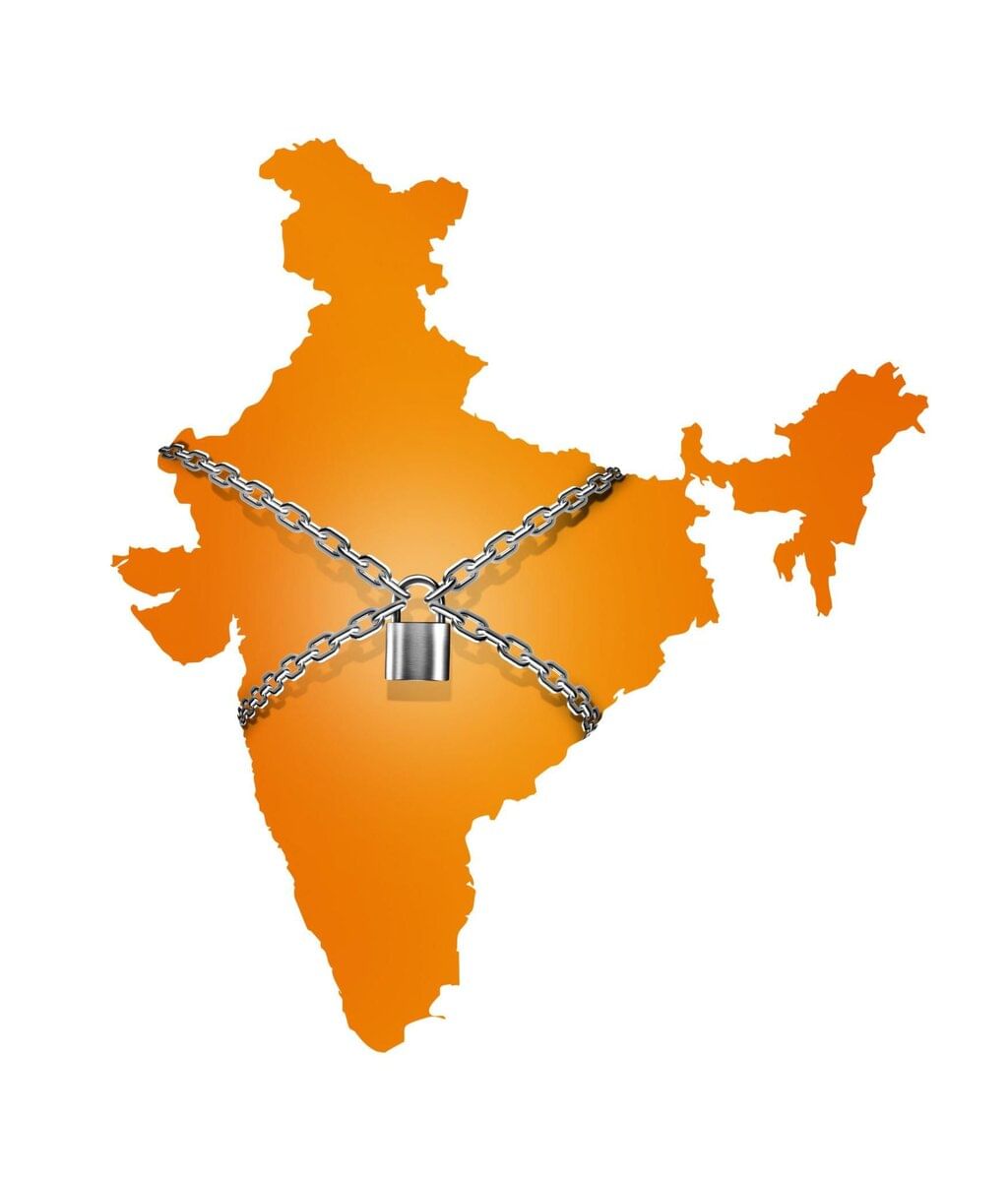UPSC Exam > UPSC Notes > PIB (Press Information Bureau) Summary > PIB Summary - 30th May 2025
PIB Summary - 30th May 2025 | PIB (Press Information Bureau) Summary - UPSC PDF Download
Caste-Based Enumeration and Social Justice

Caste-Based Enumeration: A Transformative Tool
- The Vice President (VP) of India has praised the decision to include caste-based enumeration in the upcoming decadal census, calling it a "game-changing" move.
- The VP likened this decision to an MRI of the body, suggesting that it will reveal underlying societal realities that are crucial for policy integration.
- Emphasizing the importance of this initiative, the VP stated that it will help fulfill aspirations, ensure social justice, and translate constitutional ideals into accountable outcomes.
- He also pointed out the urgency of updated data, noting that India has not conducted a caste census since 1931.
Statistics as the Pillar of Good Governance
- The Vice President equated policy planning without statistics to performing surgery in the dark, highlighting the risks involved in making decisions without accurate data.
- He stressed the importance of real-time, accurate data in creating informed policies and warned that stale or delayed data undermines governance.
- Timely statistics, on the other hand, can lead to exponential outcomes and significantly improve governance.
Empirical Thinking & Evidence-Based Governance
- The VP urged India to adopt empirical thinking driven by data rather than assumptions.
- He emphasized the need to master the art of reading societal trends and statistical signatures, as every number represents a human story and collective aspiration.
Demographic Analysis and National Security
- Understanding demographic variation through data is crucial for security planning, policy foresight, and preserving sovereignty.
- Demographic data serves as a compass for national development and threat mitigation, guiding policymakers in making informed decisions.
Statistics for Equity and Targeted Governance
- The VP referred to Indian Statistical Service (ISS) officers as "agents of equality" whose work uncovers hidden geometries of inequality.
- Data enables targeted interventions in areas of need, making democracy more inclusive and ensuring good governance through statistical cartography.
Role of Civil Servants and Bureaucracy
- Civil servants are described as "silent architects" of India's socio-economic progress, playing a crucial role in the country's development.
- The combination of effective bureaucracy and visionary political leadership is identified as a key factor in India's growth success.
- Bureaucratic execution under visionary leadership is driving India's infrastructure development and economic rise.
Linguistic Diversity as Unity
- The VP highlighted that India's linguistic diversity is a unifying cultural strength rather than a divisive force.
- He praised the constitutional vision of promoting Hindi and regional languages while gradually phasing out English.
- The National Education Policy (NEP) was commended for enabling vernacular education in technical fields, contributing to inclusive education.
Concluding Message
- Data is considered strategic capital in 21st-century governance, and the caste-based census is seen as a milestone towards equality and effective governance.
- The VP emphasized that empirical thinking, rather than rhetoric, should guide India's path towards becoming a developed nation, Viksit Bharat.
Caste-Based Enumeration in India: Key Points

Background
- The last caste census was conducted in 1931 during British India.
- After India gained independence, subsequent censuses only collected data on Scheduled Castes (SCs) and Scheduled Tribes (STs), excluding Other Backward Classes (OBCs) and other castes.
- The Socio-Economic and Caste Census (SECC) in 2011 attempted to collect caste data, but the information was not released due to concerns about its reliability.
Constitutional & Legal Basis
- Article 340 of the Indian Constitution empowers the President to appoint a commission to investigate the conditions of backward classes. This article was the basis for the Mandal Commission, which recommended affirmative action for OBCs.
- While there is no explicit constitutional mandate for a nationwide caste census, states have the federal power to conduct surveys for welfare purposes.
Recent Developments
- In 2023, Bihar conducted a caste survey, becoming the first state to carry out a comprehensive caste survey post-independence.
- Other states such as Chhattisgarh, Odisha, Maharashtra, and Rajasthan are considering similar caste surveys.
- The demand for a nationwide caste census has been raised in discussions focused on social justice and reservation policies.
Arguments in Favour
- A caste census aids in targeted welfare and improves policy planning by providing accurate data on different caste groups.
- It enables data-driven affirmative action, particularly for OBCs who have historically been underrepresented in welfare schemes.
- The census helps update outdated estimates and reveals intra-group inequalities within broader categories like OBCs.
- It supports horizontal reservation, allowing for specific sub-categories within OBCs, such as Economically Backward Classes (EBCs) and Most Backward Castes (MBCs).
Arguments Against
- Critics argue that a caste census could deepen caste divisions and politicize identity, leading to greater social fragmentation.
- There are concerns about the reliability of the data and the accuracy of self-identification in caste categories.
- The administrative burden of conducting such a survey and the potential for misuse of the data are significant concerns.
- Opponents also fear that focusing on caste may overshadow class-based inequalities, which are also crucial for understanding social disparities.
Judicial View
- The Supreme Court in the Indra Sawhney case (1992) recognized OBCs as a valid category for affirmative action but emphasized the need for updated data to support such measures.
- Courts have permitted state-level surveys to collect caste data if the purpose is welfare and not electoral politics, aligning with the principles of social justice.
Sikkim: At a Glance

Sikkim: An Overview
Statehood: Sikkim became the 22nd state of India on 16 May 1975.
Capital: The capital city of Sikkim is Gangtok.
Official Languages: The official languages of Sikkim are Nepali, Bhutia, Lepcha, and English.
Border States & Countries: Sikkim shares its borders with the following:
- West: Nepal
- North & East: China (Tibet)
- South: West Bengal
- East: Bhutan
Environment & Agriculture
- Sikkim was declared India’s first 100% organic state in 2016.
- The state is home to the Khangchendzonga National Park, a UNESCO World Heritage Site.
- Sikkim is rich in diverse flora and fauna, including Rhododendrons and the Red Panda, which is the state animal.
Unique Features
- Sikkim is renowned for Dalle Khursani, a GI-tagged chili.
- The state is also home to Soreng, India’s first organic fisheries cluster.
- Sikkim boasts a high per capita income compared to other northeastern states.
- The state has a high literacy rate of approximately 82% and favorable Human Development Index (HDI) rankings.
The document PIB Summary - 30th May 2025 | PIB (Press Information Bureau) Summary - UPSC is a part of the UPSC Course PIB (Press Information Bureau) Summary.
All you need of UPSC at this link: UPSC
FAQs on PIB Summary - 30th May 2025 - PIB (Press Information Bureau) Summary - UPSC
| 1. What is caste-based enumeration and why is it important for social justice in India? |  |
Ans.Caste-based enumeration refers to the process of collecting data on the caste identities of individuals in India. This is important for social justice as it helps in understanding the socio-economic conditions of different caste groups, enabling policymakers to design targeted affirmative action and welfare programs aimed at marginalized communities.
| 2. How can caste-based enumeration impact government policies in India? |  |
Ans.Caste-based enumeration can significantly impact government policies by providing empirical data that reflects the realities of caste-based disparities. This data can help ensure that resources and opportunities are allocated fairly, addressing the needs of underrepresented and disadvantaged groups effectively.
| 3. What challenges are associated with implementing caste-based enumeration in India? |  |
Ans.Challenges associated with implementing caste-based enumeration include resistance from various political and social groups, concerns about privacy and data security, the complexity of accurately categorizing individuals within the diverse caste system, and potential misuse of data for political gains.
| 4. How does caste-based enumeration contribute to the empowerment of marginalized communities? |  |
Ans.Caste-based enumeration contributes to the empowerment of marginalized communities by highlighting their specific needs and challenges. By documenting their socio-economic status, it can lead to increased visibility and advocacy, fostering greater inclusion in social and economic development initiatives.
| 5. What has been the historical context of caste-based enumeration in India? |  |
Ans.The historical context of caste-based enumeration in India dates back to the British colonial era when caste data was collected for administrative purposes. Post-independence, the focus has shifted towards understanding and addressing caste inequalities, leading to calls for more comprehensive enumeration to inform affirmative action policies.
Related Searches





















